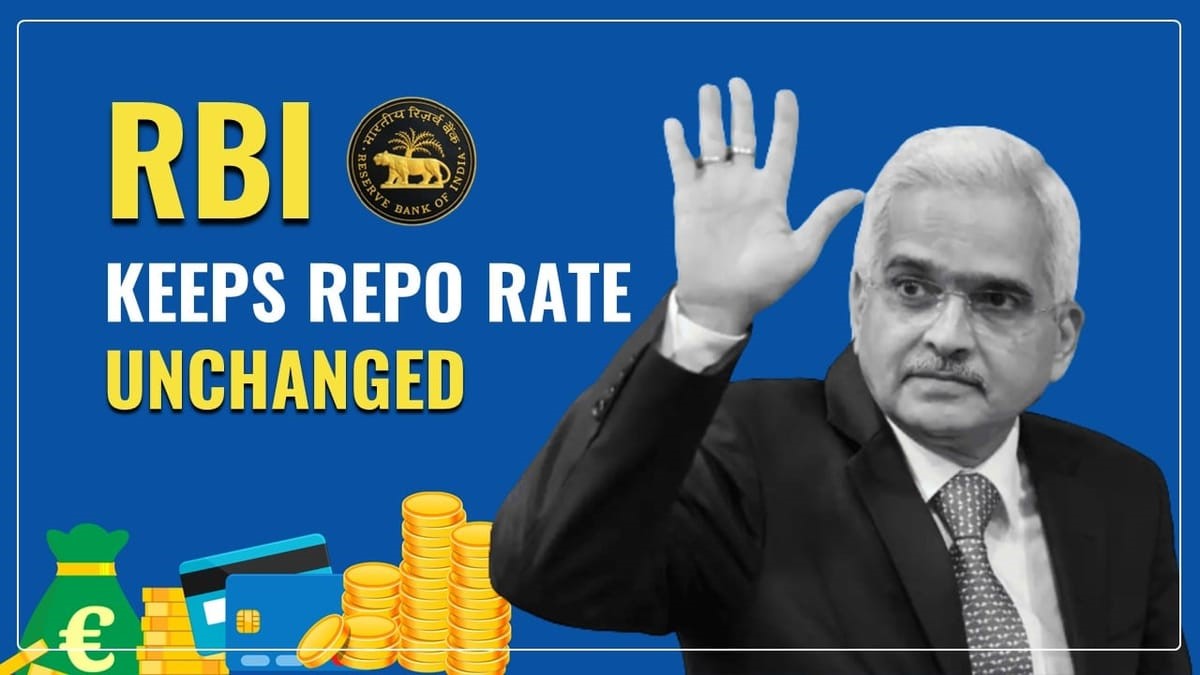Description

Disclaimer: Copyright infringement not intended.
Context
- The Monetary Policy Committee (MPC) of the Reserve Bank of India (RBI), decided to keep the repo rate – the main policy rate – unchanged at 6.5 per cent and maintain the policy stance of ‘withdrawal of accommodation’ in the monetary policy.
ALL ABOUT REPO RATE AND MONETARY POLICY: https://www.iasgyan.in/daily-current-affairs/repo-rate
How an Accommodative Monetary Policy Works
- When the economy slows down, the central bank can implement an accommodative monetary policy to stimulate the economy. It does this by running a succession of decreases in the policy rates, making the cost of borrowing cheaper.
- The central bank can also allow the money supply to increase or increase the money supply via quantitative easing (QE).
- Accommodative monetary policy is triggered to encourage more spending from consumers and businesses by making money less expensive to borrow through the lowering of short-term interest rates.
- When money is easily accessible through banks, the money supply in the economy increases. This leads to increased spending.
- When businesses can easily borrow money, they have more funds to expand operations and hire more workers, which means that the unemployment rate will decrease.
- On the other hand, people and businesses tend to save less when the economy is stimulated due to the low savings interest rates offered by banks. Instead, any additional funds are invested in the stock market, pushing up stock prices.
- While accommodative monetary policy expands economic growth mid-term, there may be negative repercussions in the long-term. If the money supply is loosened for too long, there will be too much money chasing too few goods and services, leading to inflation. This leads to increased costs for some goods, such as housing.
- To avoid inflation, most central banks alternate between the accommodative monetary policy and the tight monetary policy in varying degrees to encourage growth while keeping inflation under control.
SOURCE: LIVEMINT

|
PRACTICE QUESTION
Q. What does an accommodative monetary policy imply?
a) Tightening of monetary policy to control inflation.
b) Loosening of monetary policy to stimulate economic growth.
c) Keeping the monetary policy unchanged to maintain stability.
d) Reducing government spending to manage fiscal deficit.
Select the correct answer using the codes below:
A) b and c only
B) b only
C) c only
D) b and d only
Answer B) b only
|








